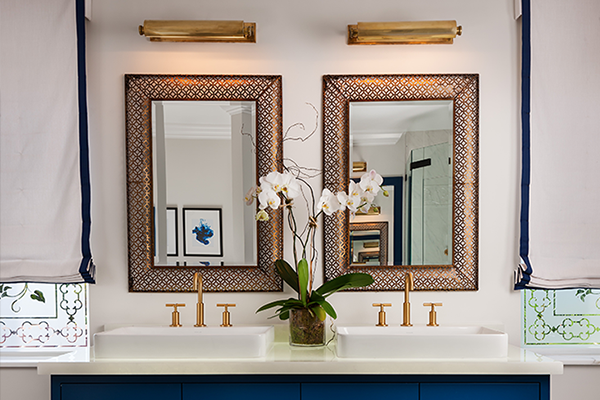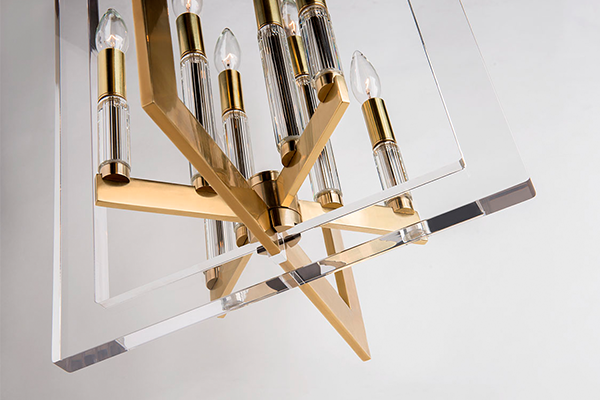A few years ago, we wrote a post about our Glendale family, "How We Learned to Stop Worrying and Love Sputnik." In it, we told a story about how the style of chandeliers alternately called "Sputnik" and "starburst" came to be, and what they had to do with the larger mid-century context, and why they still have such appeal. We also, naturally, focused on our Glendale fixture a little bit—at the time our only starburst-style chandelier—and talked about how it was a decidedly new contribution to the genre.
Since that time, we've seen many beautiful spaces in so many different styles using our Glendale, proving its versatility and showing that style endures as trends come and go.



























